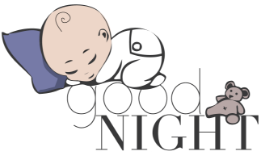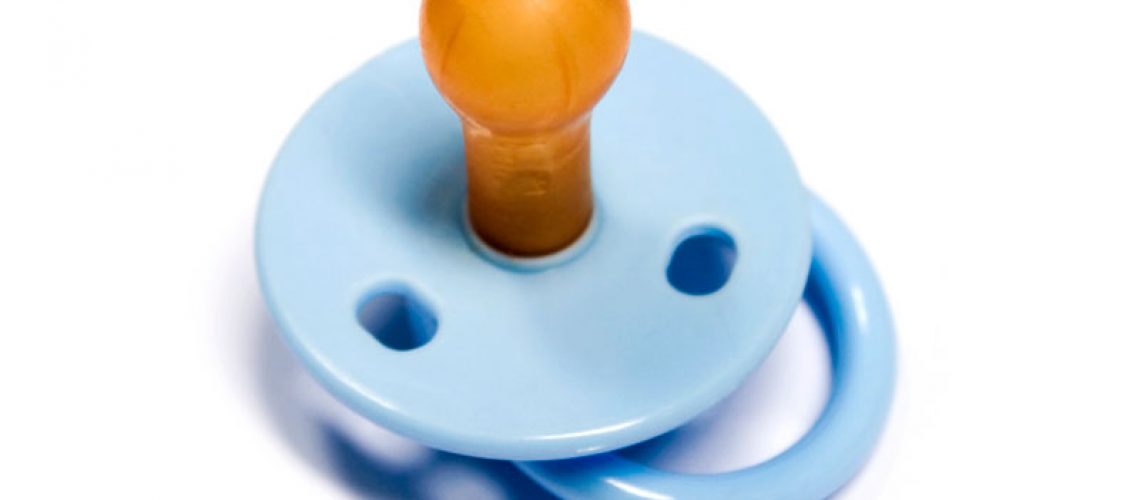I am re-posting an article done by a lovely colleague of mine: Pam Nease:
What are the pros and cons of soother and thumb-sucking? I have friends that swear by (and against) both! Not sure what’s best for my baby.
A: “You can take away a soother … but you can’t take away a thumb!” How often have we heard that? How many of us have chosen soothers as we have heard about that one person in their 30’s that was still sucking their thumb to sleep? Or, perhaps it is the fear of thousands of dollars in orthodontic work? For some, it is their own painful memories of Tabasco or bridges being put in their mouths to get them to stop.
If you want a great sleeper, then don’t choose the soother. You are simply setting yourself up for failure. The second they fall out of the baby’s mouth, they need someone to put it back in again. By the time they are mentally and physically able to do it, (without calling for Mom or Dad in the middle of the night), they are three to four years old. By then, Mom and Dad are starting to feel the pressure from the Dentist to take it away. And that’s a lot of sleepless nights (1370 in total from 3 months to age 4) which could lead to a lot more serious health and behavioural issues for your child.
Even if they can put it back in their mouths, you are still giving your child fragmented sleep. They will end up having a full arousal, put the soother back in their mouth and then go back to sleep. This is similar to you waking up to use the bathroom or looking at the alarm clock, noting the time and then going back to sleep. You remember these wakeful periods. Studies have shown that fragmented sleep is not as beneficial as consolidated sleep. When we get fragmented sleep, our bodies do not go into the deeper stages of sleep, and therefore we do not wake up feeling as refreshed the next morning. The same is true for children.
For babies, sucking on thumbs and fingers is a natural and intuitive process. We have all seen the pictures of babies in the womb, sucking on them. So, if your newborn or infant gravitates to a thumb or finger as a self soothing strategy – embrace it! Celebrate that they have the ability to self soothe and will be better sleepers as a result. When we all sleep, we have partial arousals through the night. We come gently to the surface, scan our environment and then go back to sleep. These are the times that we adjust our pillows, roll over, pull up the blankets or snuggle up to our partner. In the morning, we do not remember them and therefore we wake up feeling more refreshed as we were able to get into the deeper stages of sleep. This is considered consolidated sleep. The same is true for babies and young children.
If you are concerned about the 30 year old or the large orthodontic bills or the painful childhood memories, then don’t despair. Just because you don’t use a soother, does not mean that your child will automatically choose a finger or thumb. Many babies and young children find other self soothing strategies such as cuddling with a small stuffed animal or a blanket. If they do gravitate to fingers or thumbs, then early intervention is best. Some parents have reported that their babies spontaneously stopped sucking on their thumbs or fingers on or around their first birthday. If that does not happen, then you will want to engage in behaviour management techniques around 2 years old to stop any finger and thumb sucking while awake and then again around 3 to 4 years old for the sleep association. This can be done in a very short period of time – about a week or so. And … in the meantime … you all have experienced 1370 peaceful nights and better naps in the day.
#sleeptraining

